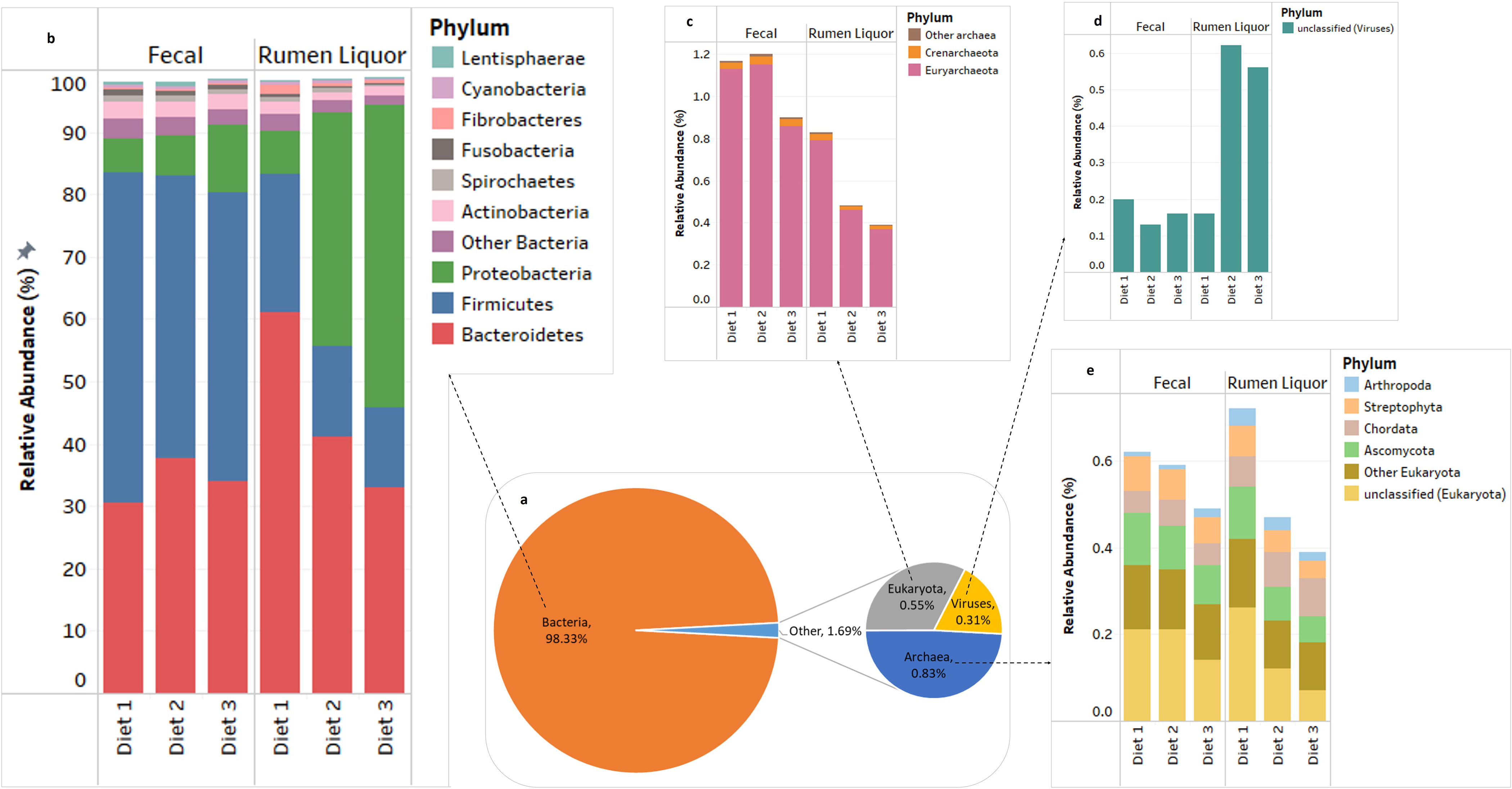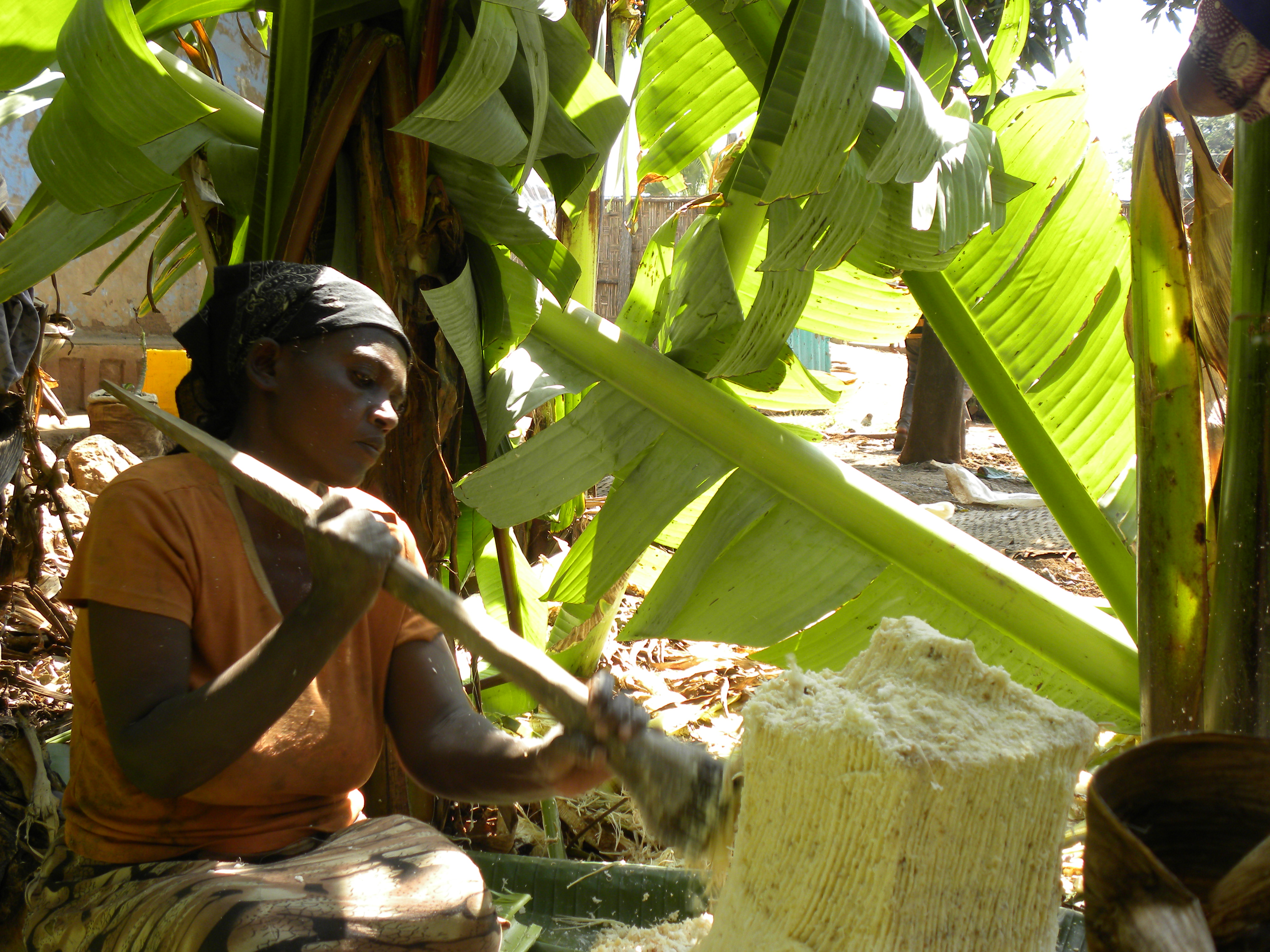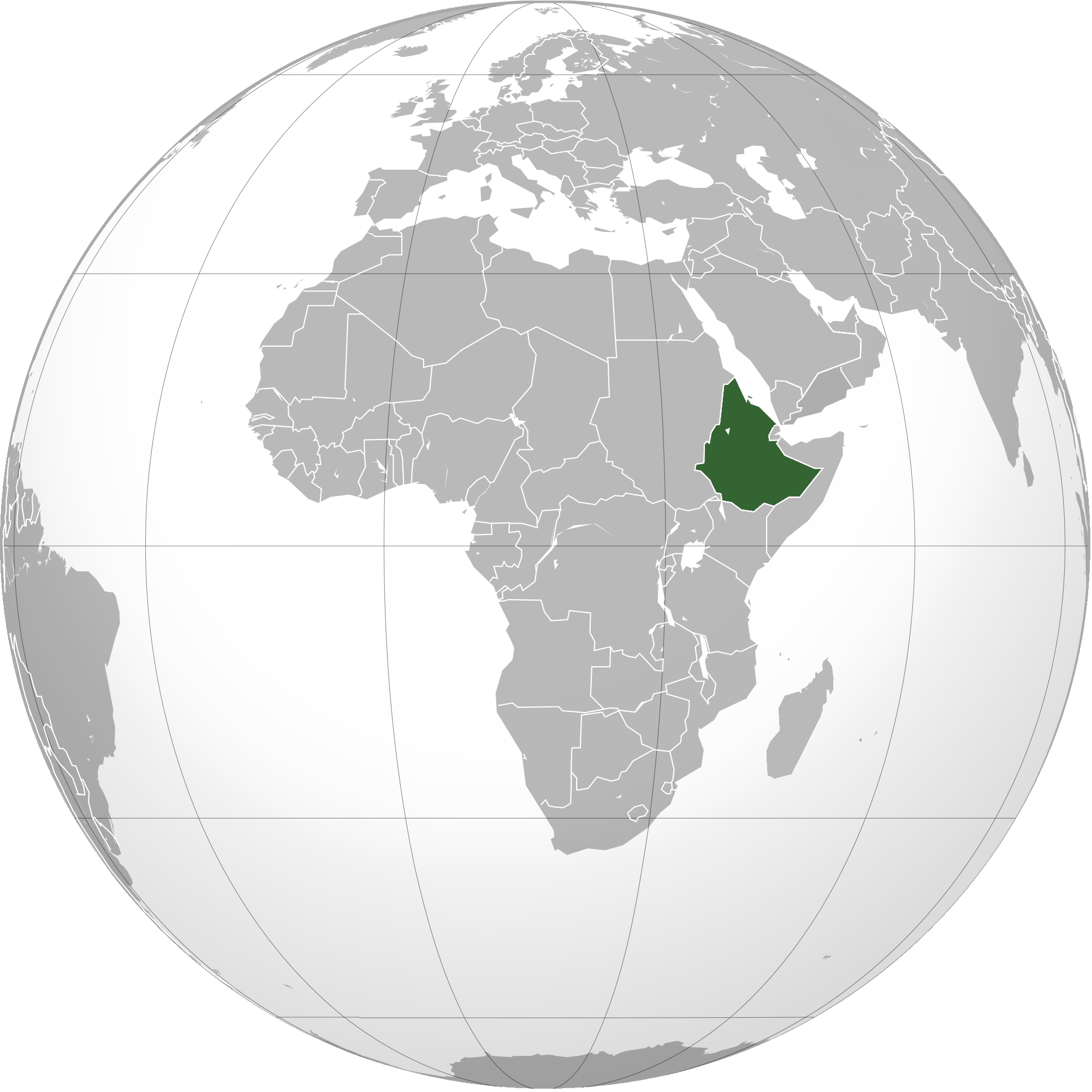|
Sidama People
The Sidama () are an ethnic group traditionally inhabiting the Sidama Region, formerly part of the Southern Nations, Nationalities, and Peoples' Region of Ethiopia. On 23 November 2019, the Sidama Zone became the 10th regional state in Ethiopia after a zone-wide referendum. They speak the Sidama language, which is a language of the Cushitic branch of the Afroasiatic language family. Despite their large numbers, the Sidama lacked a separate ethnic regional state until continuous protests resulted in the proposal being voted on in a November 2019 referendum. History In historical writings on the Sidama there is certain confusion on who the Sidama were and which areas should be defined as theirs. This group was called the Sidamo cluster in early writings, and the name "Sidamo" was used as a collective for all Cushitic and Omotic people of southwest Ethiopia. Historian Lapiso G. Delebo states that the term Sidama was traditionally a demeaning designation used to refer to non Orom ... [...More Info...] [...Related Items...] OR: [Wikipedia] [Google] [Baidu] |
Fichee-Chambalaalla
Fichee-Chambalaalla is a New Year holiday celebrated by Sidama people in Ethiopia. According to the tradition, Fichee commemorates a Sidama woman who visited her parents and relatives once in a year after her marriage and brings ''buurisame'', a meal prepared from false banana, milk and butter, and share to her neighbors. Therefore, it signifies unity among the people. Fichee is a moveable festival that is determined by astrologers and announced by the clan leaders. Its celebration includes singing traditional songs and performing dance, which is celebrated among all community regardless of age, social status and gender. The festival is inscribed by UNESCO as the representative list of the Intangible Cultural Heritage of Humanity in 2015. Observances Fichee-Chambalaalla is a New Year holiday celebrated among Sidama people in Ethiopia. According to the tradition, Fichee commemorates a Sidama woman who visited her parents and relatives once in a year after her marriage and brings ... [...More Info...] [...Related Items...] OR: [Wikipedia] [Google] [Baidu] |
2019 Sidama Region Referendum
A referendum on creating a Sidama Region was held on regionalisation in the Sidama Zone of Ethiopia on 20 November 2019. The creation of such a region is a long-standing claim of the Sidama people. The referendum's management and its likely centrifugal consequences on Ethiopia's system of ethnic federalism were seen as a crucial test for Prime Minister Abiy Ahmed's policy of democratic openness ahead of the 2020 general election. Results The choices on the ballot paper were for the Sidama people to be organized within their regional state, which was represented by the election symbol of “Shafeta” (traditional Sidama food vessel), and for Sidama to stay in the Southern Nations, Nationalities, and Peoples' Region (SNNPR), represented by the “Gojo” (traditional Sidama hut) symbol. The latter choice got a tiny percentage of votes, an expected result given the popularity of the decades-long statehood quest among the Sidama and the lackluster campaigning by the SNNPR. Af ... [...More Info...] [...Related Items...] OR: [Wikipedia] [Google] [Baidu] |
Cattle
Cattle (''Bos taurus'') are large, domesticated, bovid ungulates widely kept as livestock. They are prominent modern members of the subfamily Bovinae and the most widespread species of the genus '' Bos''. Mature female cattle are called cows and mature male cattle are bulls. Young female cattle are called heifers, young male cattle are oxen or bullocks, and castrated male cattle are known as steers. Cattle are commonly raised for meat, for dairy products, and for leather. As draft animals, they pull carts and farm implements. Cattle are considered sacred animals within Hinduism, and it is illegal to kill them in some Indian states. Small breeds such as the miniature Zebu are kept as pets. Taurine cattle are widely distributed across Europe and temperate areas of Asia, the Americas, and Australia. Zebus are found mainly in India and tropical areas of Asia, America, and Australia. Sanga cattle are found primarily in sub-Saharan Africa. These types, sometime ... [...More Info...] [...Related Items...] OR: [Wikipedia] [Google] [Baidu] |
False Banana
''Ensete ventricosum'', commonly known as enset or ensete, Ethiopian banana, Abyssinian banana, pseudo-banana, false banana and wild banana, is a species of flowering plant in the banana family Musaceae. The domesticated form of the plant is cultivated only in Ethiopia, where it provides the staple food for approximately 20 million people. The name ''Ensete ventricosum'' was first published in the Kew Bulletin 1947, p. 101. Its synonyms include ''Musa arnoldiana'' De Wild., ''Musa ventricosa'' Welw. and ''Musa ensete'' Johann Friedrich Gmelin, J. F. Gmelin. In its wild form, it is native plant, native to the eastern edge of the Geography of Africa#Plateau region, Great African Plateau, extending northwards from South Africa through Mozambique, Zimbabwe, Malawi, Kenya, Uganda and Tanzania to Ethiopia, and west to the Congo, being found in high-rainfall forests on mountains, and along forested ravines and streams. Description Like bananas, ''Ensete ventricosum'' is a lar ... [...More Info...] [...Related Items...] OR: [Wikipedia] [Google] [Baidu] |
Agriculture In Ethiopia
Agriculture in Ethiopia is the foundation of the country's economy, accounting for roughly a third of gross domestic product (GDP), 83% of exports, and 73% of total employment. Ethiopia's agriculture is plagued by periodic drought, soil degradation caused by overgrazing, deforestation, high levels of taxation and poor infrastructure (making it difficult and expensive to get goods to market). As 85% of Ethiopians rely primarily on land (agricultural and pastoralism) for their livelihoods and a quarter of the population lives below the national poverty line, land degradation is a major concern. Yet agriculture is the country's most promising resource. A potential exists for self-sufficiency in grains and for export development in livestock, grains, vegetables, and fruits. As many as 4.6 million people need food assistance annually. Agriculture accounts for 36% percent of the nation's Gross domestic Product (GDP) as of 2020. Many other economic activities depend on agriculture, in ... [...More Info...] [...Related Items...] OR: [Wikipedia] [Google] [Baidu] |
Flag Of Sidama
A flag is a piece of fabric (most often rectangular) with distinctive colours and design. It is used as a symbol, a signalling device, or for decoration. The term ''flag'' is also used to refer to the graphic design employed, and flags have evolved into a general tool for rudimentary signalling and identification, especially in environments where communication is challenging (such as the maritime environment, where semaphore is used). Many flags fall into groups of similar designs called flag families. The study of flags is known as "vexillology" from the Latin , meaning "flag" or "banner". National flags are patriotic symbols with widely varied interpretations that often include strong military associations because of their original and ongoing use for that purpose. Flags are also used in messaging, advertising, or for decorative purposes. Some military units are called "flags" after their use of flags. A ''flag'' (Arabic: ) is equivalent to a brigade in Arab countries. ... [...More Info...] [...Related Items...] OR: [Wikipedia] [Google] [Baidu] |
Ethiopian Orthodox Christianity
The Ethiopian Orthodox Tewahedo Church () is the largest of the Oriental Orthodox Churches. One of the few Christian churches in Africa originating before European colonization of the continent, the Ethiopian Orthodox Tewahedo Church dates back to the Christianization of the Kingdom of Aksum in 330, and has between 36 million and 51 million adherents in Ethiopia. It is a founding member of the World Council of Churches. The Ethiopian Orthodox Tewahedo Church is in communion with the other Oriental Orthodox churches (the Eritrean Orthodox Tewahedo Church, the Coptic Orthodox Church of Alexandria, the Malankara Orthodox Syrian Church, the Armenian Apostolic Church, and the Syriac Orthodox Church). The Ethiopian Orthodox Tewahedo Church had been administratively part of the Coptic Orthodox Church of Alexandria from the first half of the 4th century until 1959, when it was granted autocephaly with its own patriarch by Pope Cyril VI of Alexandria, Pope of the Coptic Orthodox Chur ... [...More Info...] [...Related Items...] OR: [Wikipedia] [Google] [Baidu] |
Roman Catholicism In Ethiopia
The Catholic Church in Ethiopia is part of the worldwide Catholic Church, under the spiritual leadership of the pope in Rome. The Eastern Rite Ethiopian Catholic Church, the primary Catholic rite in the country, bases its liturgy and teaching on that of the Ethiopian Orthodox Tewahedo Church, modified to be in accordance with the Catholic dogma. While separated by their understanding of the primacy of the Bishop of Rome and their Christology, the Ethiopian Catholic and Orthodox Churches have basically the same sacraments and liturgy. As of 2017, there were 70,832 members of the Ethiopian Catholic Church. There are also a small number of Latin-Rite Catholics in the country, primarily Italian Ethiopians. History Saint Frumentius (Abune Salama Kesatie Berhan), the first Bishop of Ethiopia, was consecrated by Saint Athanasius, Patriarch of Alexandria around 341. Following the Council of Chalcedon in 451, the Coptic Church of Alexandria was no longer in communion with the R ... [...More Info...] [...Related Items...] OR: [Wikipedia] [Google] [Baidu] |
Islam In Ethiopia
Islam is the second largest religion in Ethiopia behind Christianity. In 2024, 31.5% of the population was Muslim. Islam in Ethiopia dates back to the founding of the religion; in 615, when a group of Muslims were counseled by Muhammad to escape persecution in Mecca and Migration to Abyssinia, migrate to the Kingdom of Aksum which was based in Ethiopia and which was ruled by Najashi, a pious Ethiopian Orthodox, Christian king. It is agreed by Islamic scholars that Najashi First Hejira, gave shelter to the Muslim refugees around 615–616 at Axum. Bilal ibn Ribah, the first Muezzin, the person chosen to call the faithful to prayer, and one of the foremost companions of Muhammad, was born in Mecca to an Abyssinian (Ethiopian) mother. Introduction Islam was in 2007 the second largest religion in Ethiopia with over 33.9% of the population. The faith arrived in Tigray Region, Tigray, north of Ethiopia, at an early date, shortly before the Hijra (Islam), hijira. The Kingdom of Ak ... [...More Info...] [...Related Items...] OR: [Wikipedia] [Google] [Baidu] |
Menelik II
Menelik II ( ; horse name Aba Dagnew (Amharic: አባ ዳኘው ''abba daññäw''); 17 August 1844 – 12 December 1913), baptised as Sahle Maryam (ሣህለ ማርያም ''sahlä maryam'') was king of Shewa from 1866 to 1889 and Emperor of Ethiopia from 1889 to his death in 1913. At the height of his internal power and external prestige, the process of Menelik II's conquests, territorial expansion and creation of the modern empire-state was largely completed by 1898.Zewde, Bahru. A history of Ethiopia: 1855–1991. 2nd ed. Eastern African studies. 2001 The Ethiopian Empire was transformed under Menelik: the major signposts of modernisation were put in place, with the assistance of key ministerial advisors. Externally, Menelik led Ethiopian troops against Kingdom of Italy, Italian invaders in the First Italo-Ethiopian War; following a decisive victory at the Battle of Adwa, recognition of Ethiopia's independence by external powers was expressed in terms of diplomatic representa ... [...More Info...] [...Related Items...] OR: [Wikipedia] [Google] [Baidu] |
Menelik's Expansions
Menelik II's conquests, also known as the Agar Maqnat (), were a series of late 19th-century military campaigns led by Emperor Menelik II of Shewa to expand the territory of the Ethiopian Empire. Emerging from a fragmented Ethiopian Highlands, Abyssinian highland polity, Menelik—who had ascended to power in 1866—began, a decade later, to capitalize on growing Centralisation, centralization efforts, an increasing militarized state apparatus, and substantial arms imports from Europe, European powers to launch a wave of expansive and often violent Annexation, annexations across the south, west, and east of the Horn of Africa beginning in the early 1880s. These campaigns, conducted largely by Amhara people, Amhara forces from Shewa, mirrored European Colonialism, colonial practices—such as indirect rule, Settler colonialism, settler militarism, and land dispossession—and were frequently justified by Menelik as part of a Christianizing civilizing mission. Central to the imperia ... [...More Info...] [...Related Items...] OR: [Wikipedia] [Google] [Baidu] |
Ethiopian Empire
The Ethiopian Empire, historically known as Abyssinia or simply Ethiopia, was a sovereign state that encompassed the present-day territories of Ethiopia and Eritrea. It existed from the establishment of the Solomonic dynasty by Yekuno Amlak around 1270 until the 1974 Ethiopian coup d'état, 1974 coup d'état by the Derg, which ended the reign of the final Emperor, Haile Selassie. In the late 19th century, under Emperor Menelik II, the Menelik II's conquests, empire expanded significantly to the south, and in 1952, Federation of Ethiopia and Eritrea, Eritrea was federated under Selassie's rule. Despite being surrounded by hostile forces throughout much of its history, the empire maintained a kingdom centered on its Orthodox Tewahedo, ancient Christian heritage. Founded in 1270 by Yekuno Amlak, who claimed to descend from the last Kingdom of Aksum, Aksumite king and ultimately King Solomon and the Queen of Sheba, it replaced the Agaw people, Agaw Zagwe Kingdom, kingdom of the Za ... [...More Info...] [...Related Items...] OR: [Wikipedia] [Google] [Baidu] |





